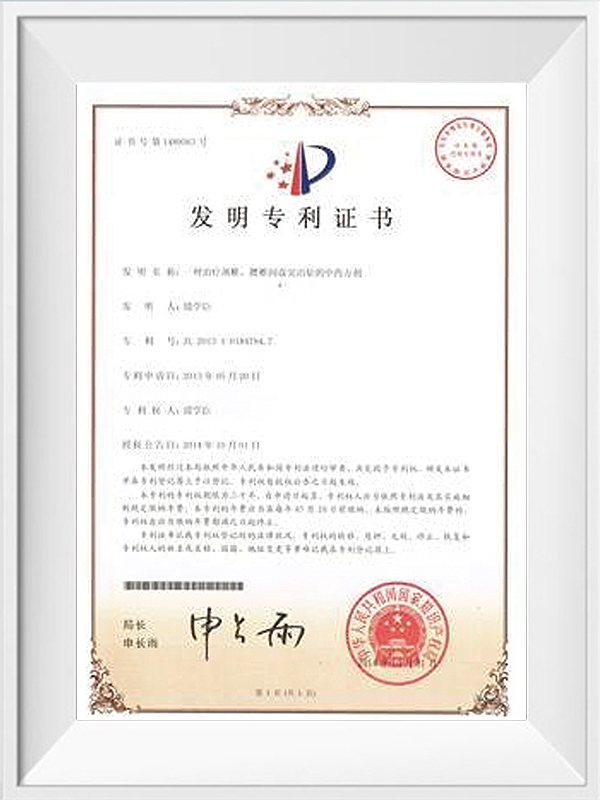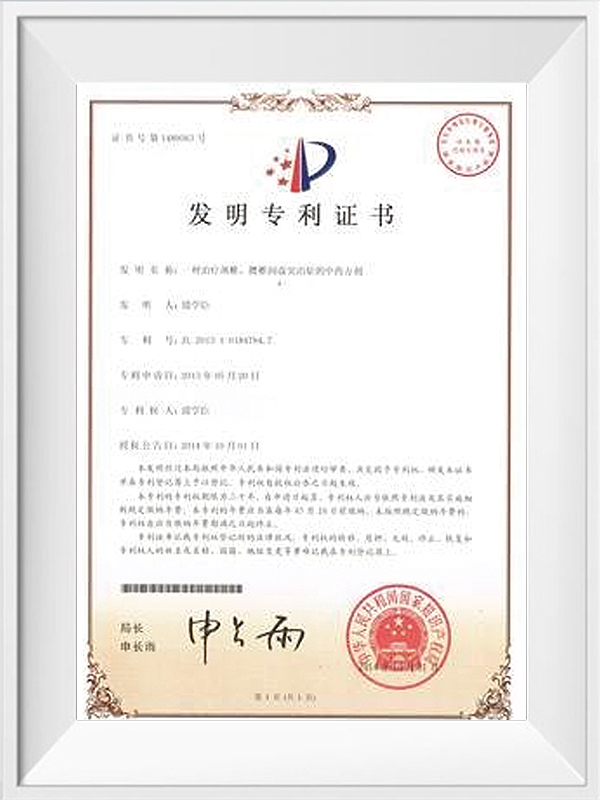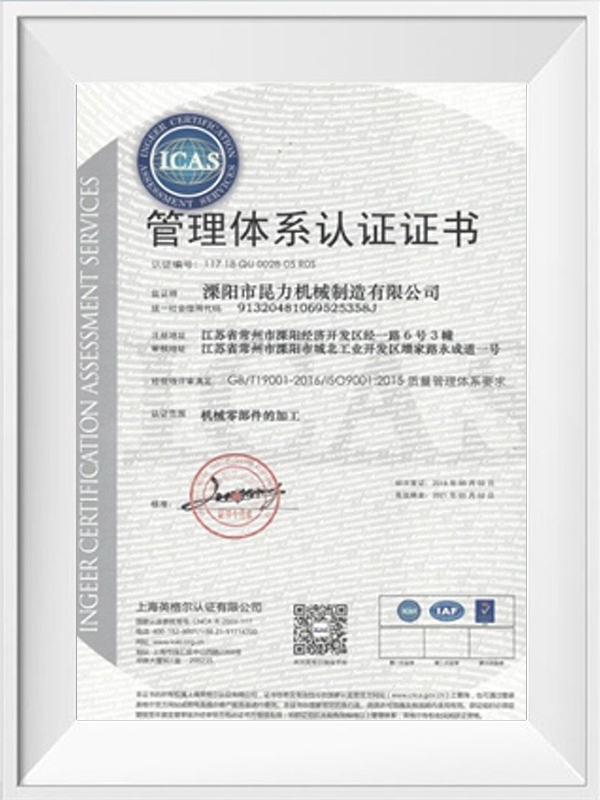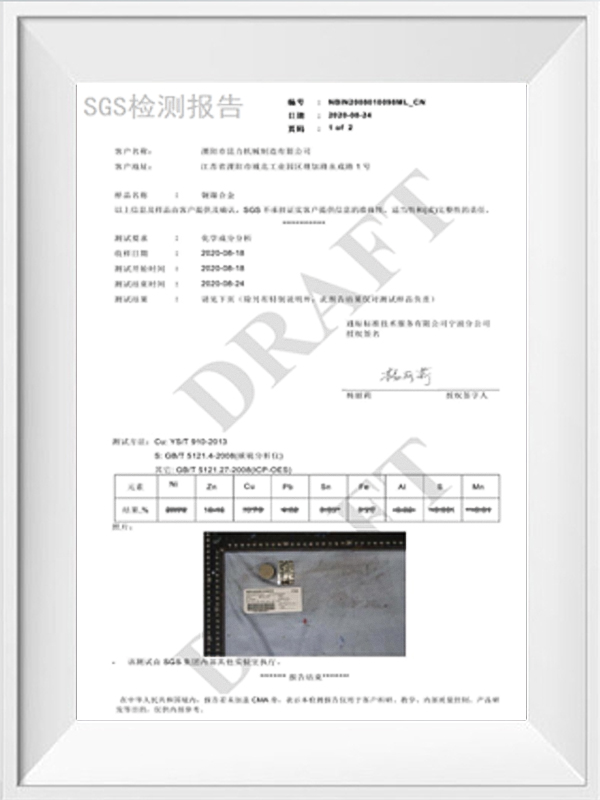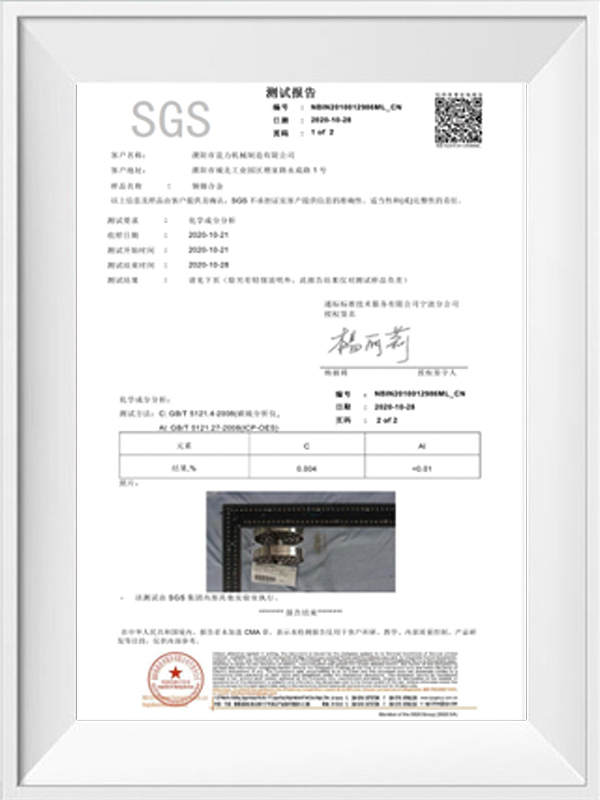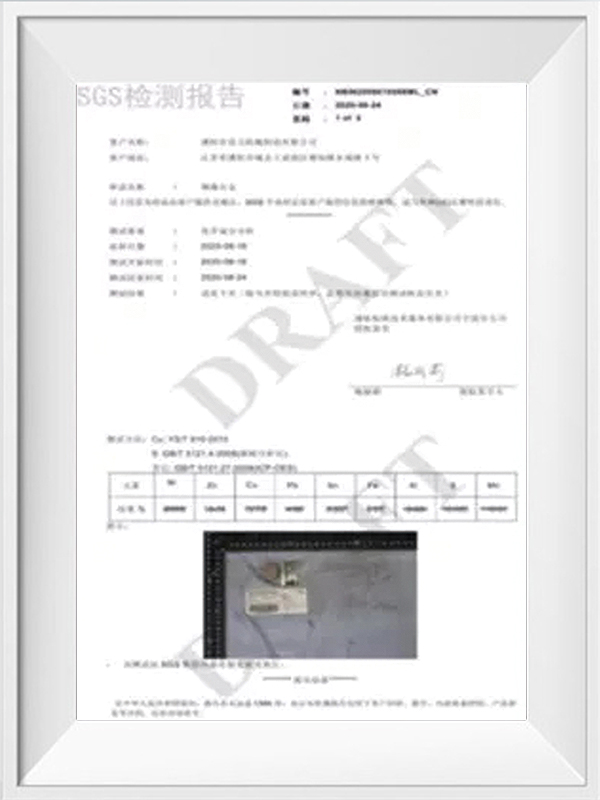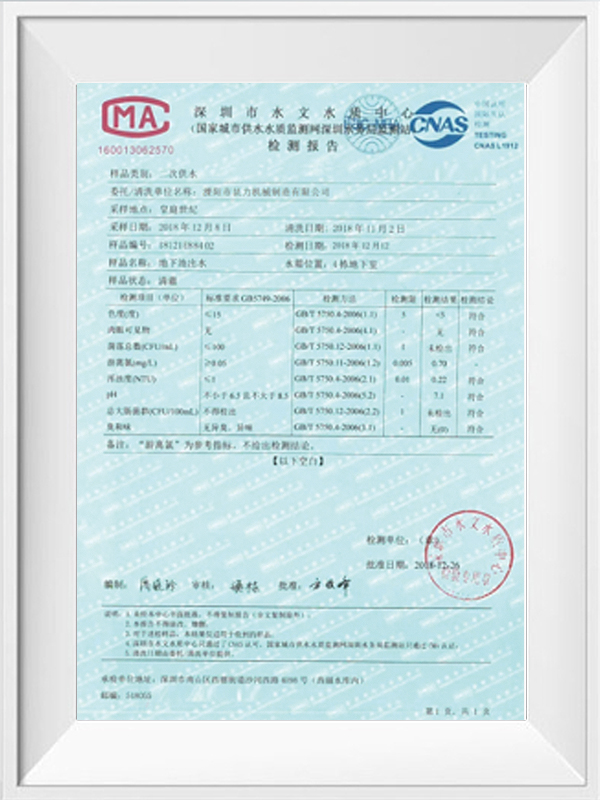Amid the industrialization of third-generation semiconductor materials, silicon carbide (SiC) has be...
READ MOREProduct Series
- - Standard Automated Production Line
-
- Non-Standard Automated Production Line
- - Non-Standard Automated Production Line For Industrial Electrical Appliance Industry
- - Energy Storage Automated Production Line
- - Non-Standard Automated Production Lines For The Automotive Industry
- - Non-Standard Automated Production Line For Food And Beverage Industry
- - Non-Standard Automation In Chemical Industry
- - Non-Standard Automated Production Line For Home Appliance Industry
- - Automated Production Line For Hardware And Building Materials Industry
- - Non-Standard Automated Production Line For New Energy Industry
- - Non-Standard Automated Production Lines For The Consumer Electronics Industry
Custom Automated Production Line For Hardware And Building Materials Industry
Who are we?
Established in 2013, Liyang Kunli Machinery Manufacturing Co., Ltd is a scientific and technological enterprise specializing in the R&D, transformation and production of industrial automation equipment and non-standard automation equipment. We are China Automated Production Line For Hardware And Building Materials Industry Suppliers and Automated Production Line For Hardware And Building Materials Industry Manufacturers. Equipped with dozens sets of precision machining equipment for machining, cutting and welding,etc, the company now has more than 20 design engineers, 5 software and PLC electrical engineers, 3 inspectors, and 16 key CNC technicians. Kuli company has been engaging in the innovation of automatization technology and solution to automatization, so as to promote the progress of the technology of smart factories, non-standard equipment and automated assembly lines. The company has made many technological breakthroughs and achieved success in the projects of high precision equipment, unmanned smart factories, etc, in the course of many years’research and development, and therefore a good range of high-tech, high-precision, cutting-edge products have been designed, developed and produced. The scope of R&D includes the following area: 1. Unmanned smart factories, flexible automation lines, non-standard auto equipment; the design and production of non-standard automatization of assembly lines, intelligent storage, stacking, palletizing and transportation, etc. 2. Stirring, coating, coiling, soft pack sealing, Lithium battery cleaning and assembling in the industry of new energy lithium battery and energy storage; the production process of automatization of energy storage assembly lines, etc. 3. The design of inspection robots(inspection of safe production, fire and water prevention, malfunction of equipment, etc), unmanned automated patrol scheme and relevant turn-key projects. 4. The integrated design of automatization of CCD vision . 5. The design of automatization scheme of AGV handling and integration projects. 6. The design of non-standard customized equipment, special equipment and automation production lines and relevant turn-key projects. Kunli company has been devoting to the R&D and innovation of high precision, cutting-edge equipment for more than a decade, and has accumulated rich technological experience in R&D and manufacture.
-

Advanced Plant Ared
0㎡+ -

Founded In
0 -

Designers
0+ -

Technical Backbone
0+
-
-
Accurately measuring an object's tilt is crucial in many industries, and inclinometers shoulder this...
READ MORE -
The efficient transmission and distribution of electricity is crucial in the vast networks of modern...
READ MORE -
Amidst accelerating globalization and the increasing frequency of various activities, market demand ...
READ MORE -
Grinding plays a crucial role in numerous modern industrial production processes. This is particular...
READ MORE
What is the energy consumption of the Automated Production Line For Hardware And Building Materials Industry during operation?
The energy consumption of Automated Production Line For Hardware And Building Materials Industry in the hardware and building materials industry during operation is a key consideration. It is not only related to production costs, but also reflects the energy efficiency level and environmental friendliness of the production lines.
Energy consumption composition:
The energy consumption of automated production lines mainly includes electricity consumption, mechanical energy consumption and possible auxiliary energy consumption (such as compressed air, cooling water, etc.). In the hardware and building materials industry, electricity consumption usually accounts for the majority of total energy consumption.
power consumption:
Electricity consumption mainly comes from the drive system, control system, lighting equipment, auxiliary facilities, etc. of the production line. Among them, the power consumption of the driving system (such as motors and drives) accounts for a large proportion and increases with the increase of the workload of the production line.
By optimizing the energy efficiency of the drive system, such as using high-efficiency energy-saving motors, frequency converters, etc., power consumption can be significantly reduced.
Mechanical energy consumption:
Mechanical energy consumption mainly includes energy losses such as mechanical friction and vibration of various components during the operation of the production line. This part of the consumption is usually small, but it also needs to be reduced through equipment maintenance and lubrication.
Auxiliary energy consumption:
Auxiliary energy consumption includes compressed air, cooling water, etc. Although the proportion is not large, it also needs to be reasonably managed. For example, this part of energy consumption can be reduced by optimizing the operating parameters of the compressed air system and improving the recycling rate of cooling water.
Energy consumption optimization measures:
A series of optimization measures can be taken to address the energy consumption problem of automated production lines. For example, introduce advanced energy-saving technologies and equipment, optimize production processes, strengthen equipment maintenance and management, implement energy consumption monitoring and data analysis, etc.
Through these measures, the energy consumption level of the production line can be significantly reduced, the energy efficiency level can be improved, and production costs can be reduced. At the same time, it can also help enterprises achieve green production and sustainable development.
The energy consumption of Automated Production Line For Hardware And Building Materials Industry is an issue that needs attention. Through reasonable equipment selection, process optimization and energy management, the energy consumption level of the production line can be effectively reduced, production efficiency and product quality can be improved, and it can also help enterprises achieve green production and sustainable development.
What is the specific implementation method of flexible design of Automated Production Line For Hardware And Building Materials Industry?
The specific implementation method of flexible design of Automated Production Line For Hardware And Building Materials Industry mainly covers the following aspects:
Demand analysis:
Before conducting flexible design, it is necessary to first conduct a comprehensive assessment of market demand, product characteristics and production capacity. This helps companies better predict future production needs and adjust the performance indicators and functional characteristics of flexible manufacturing systems accordingly.
Layout design:
The layout design of flexible manufacturing systems should fully consider the rationality of production processes and resource utilization. Through modularization and flexible configuration, the production of multiple products can be achieved. The layout design should give priority to the interrelationships between production equipment and the smoothness of the production process to ensure efficient operation of the production process and stable product quality.
Equipment selection:
In the process of equipment selection, production needs and economic benefits need to be taken into account. Select equipment with programmable and adjustable functions to meet the production requirements of different products. At the same time, the production capacity, stability, reliability and maintenance cost of the equipment are also important factors to consider.
Control and scheduling:
The control and scheduling of flexible manufacturing systems are the key to achieving efficient operation and optimal utilization of resources. By introducing intelligent control and scheduling technology based on artificial intelligence and optimization algorithms, the automatic allocation of production tasks, intelligent scheduling of equipment and flow control of materials can be realized.
Quality control:
Flexible manufacturing systems also need to fully consider quality control issues. By implementing strategies such as quality inspection, fault prediction and quality improvement, the stable quality of products can be ensured, and problems in the production process can be discovered and solved in a timely manner.
Continuous improvement:
The design and optimization of flexible manufacturing systems is a process of continuous improvement. Enterprises should continuously adjust and optimize flexible manufacturing systems according to actual production and market changes to adapt to changing needs.
Through the above methods, the hardware and building materials industry can realize the flexible design of automated production lines, improve production efficiency and flexibility, and better meet market demand.

 English
English русский
русский عربى
عربى


